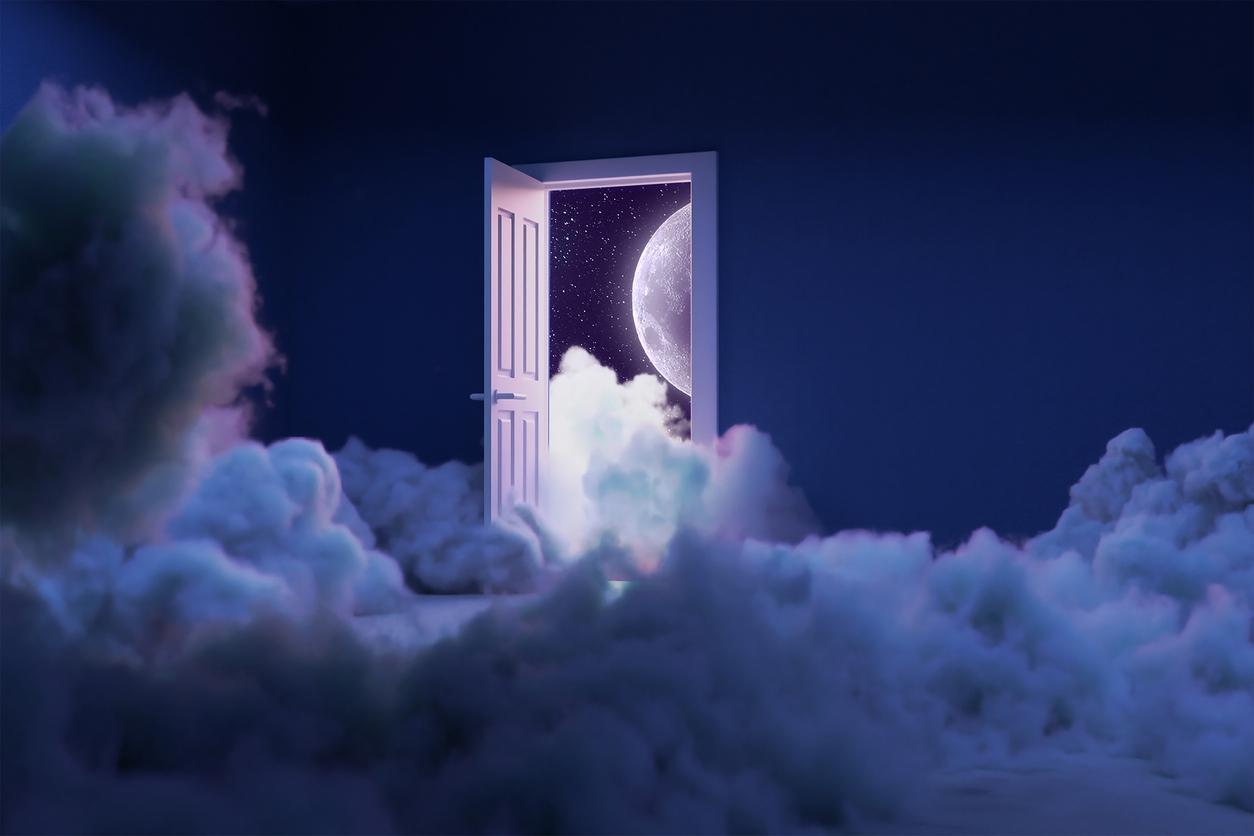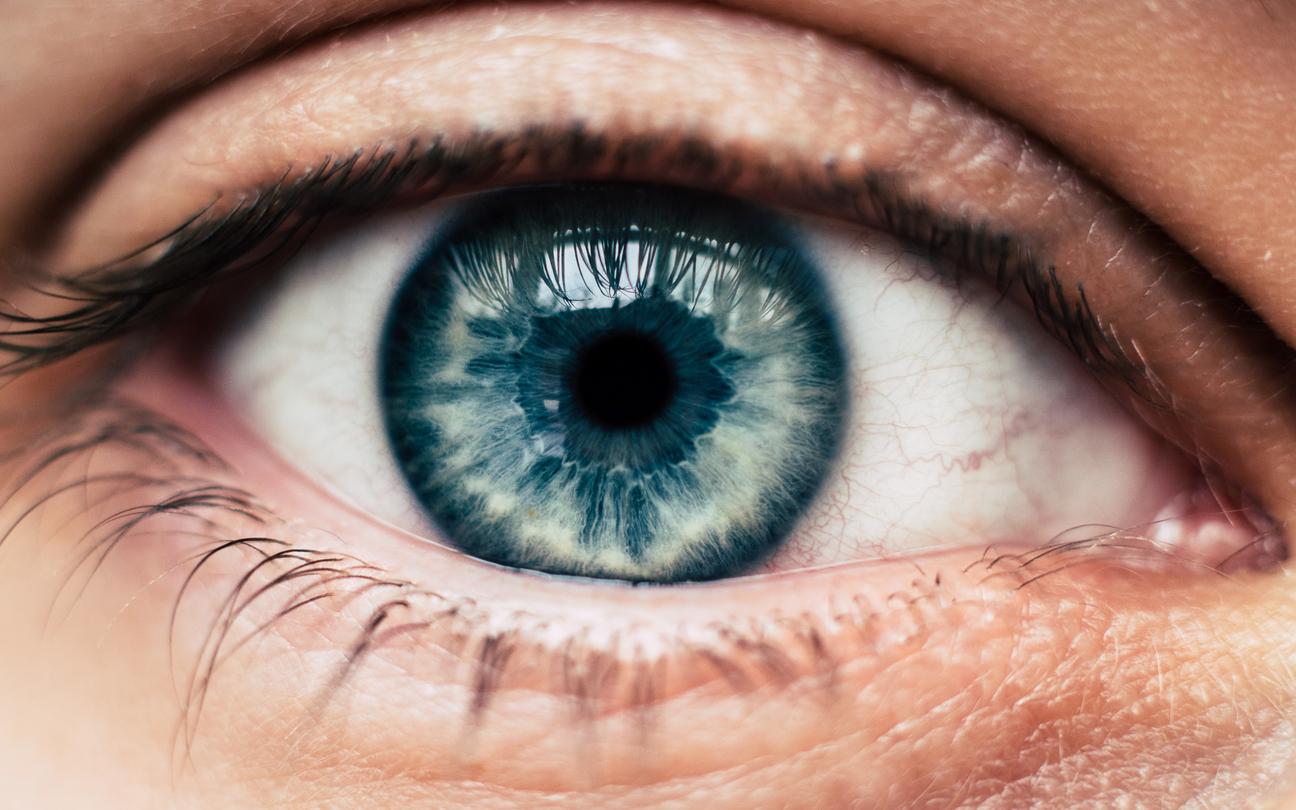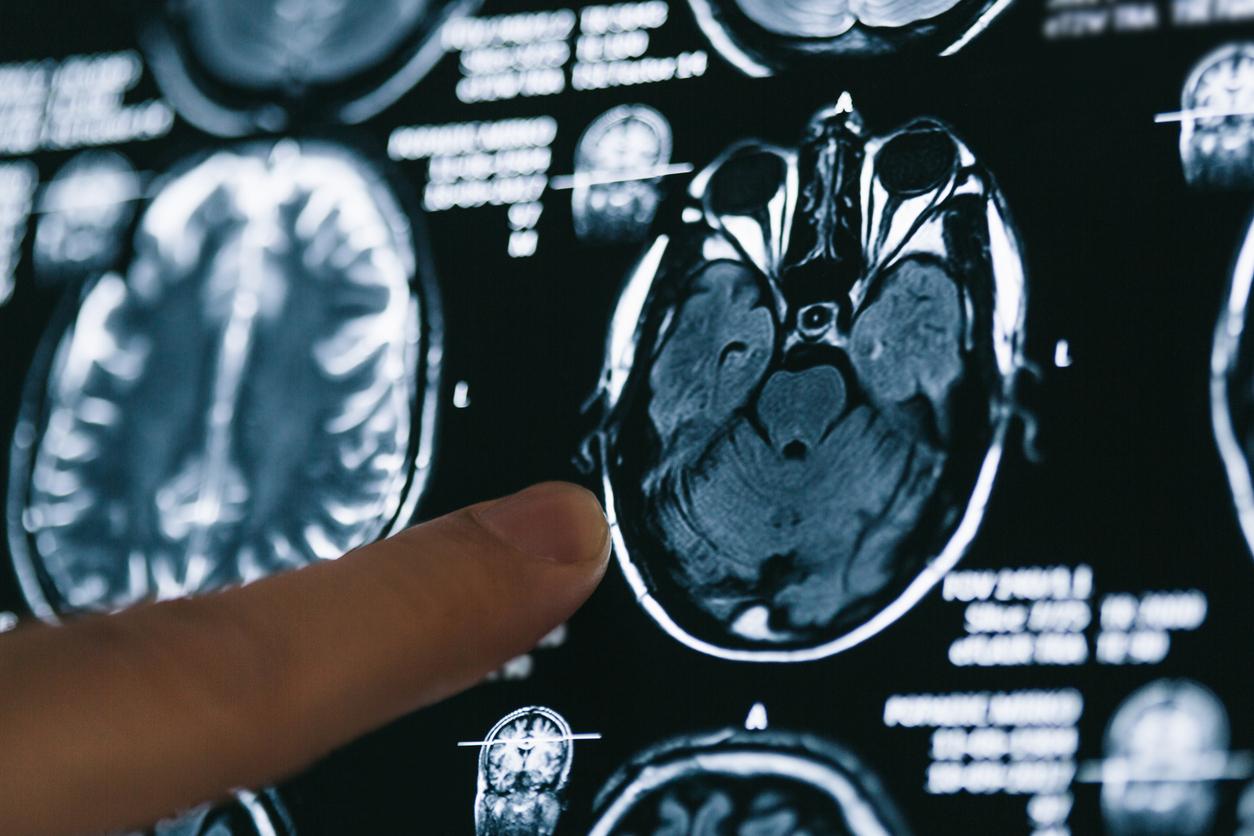The phenomenon of the already unexplained, still unexplained, could be provoked by the spatial resemblance between a scene of the present and a forgotten memory, according to researchers.

- The researcher Alan Brown revealed that two thirds of people experience the deja vu in their lives, often triggered by a place, a scene or a conversation.
- A recent hypothesis, tested in virtual reality, suggests that a deja vu could occur when a place presents a spatial arrangement similar to a place already encountered, but not explicitly “recalled”.
- Spatial similarity does not, however, constitute the only explanation, and other research is underway to better understand this phenomenon.
Have you ever felt this strange feeling of having already experienced a situation, when you know that it seems impossible? The experience of the already seen intrigues philosophers, neurologists and researchers for centuries now. What are the scientific explanations that hide behind this mysterious phenomenon?
Scenes or places: the main triggers of deja-vu
The term “deja vu” was used for the first time in 1876 by Emile Boirac (1851-1917) in his book entitled The future of mental sciences. Theories then emerged, linking this phenomenon to a mental dysfunction or a brain disorder. Some saw it as a simple hook in the normal functioning of memory. But it was not until the beginning of the 21st century that science began to take a serious interest in it, according to an article published in The Conversation.
American researcher Alan Brown has conducted an in -depth analysis of the studies available on the subject. He first noticed that many research had a paranormal shade, suggesting explanations linked to previous lives or psychic powers. But he also found more rigorous studies based on testimonials from people who have experienced deja.
Brown has determined that almost two thirds of people experience an already seen at least once in their lives. The scenes or places are the most common triggers, followed by conversations. He also noted a possible link between the already seen and certain types of epilepsy attacks, notes the magazine Science and life.
An explanation based on spatial memory
Inspired by the work of Brown, a team of researchers from the State University of Colorado recently tested A hypothesis of almost a century old: the theory of the familiarity of Gestalt. According to this thesis, an already seen could occur when a place presents a space provision similar to a place already encountered, but not explicitly “recalled”.
Imagine that you are going through a nursing position in a hospital. You’ve never been there before, but you have a disturbing feeling of familiarity. In reality, the arrangement of furniture and objects could look like that of a scene you have experienced, such as the arrangement of a reception table at the entrance to a school event. If your brain fails to consciously identify this resemblance, the feeling of familiarity persists.
Virtual reality experiences
To test their hypothesis, scientists used virtual reality to recreate different environments sharing similar structures. The results showed that participants more frequently experienced an deja vu when they were placed in a place with a space provision identical to that of a previously seen but forgotten scene.
Spatial similarity could therefore play a flagship role in the already seen, but it is not the only explanation. The already seen is probably the result of a set of factors that are still poorly understood, according to the scientific community, which continues to explore the elements at the origin of the phenomenon.

















